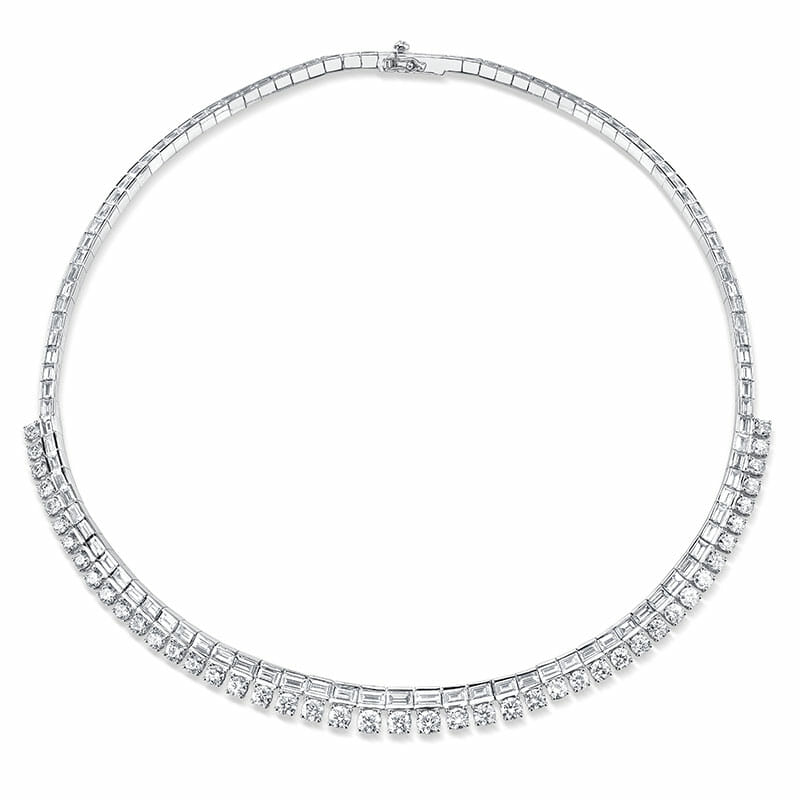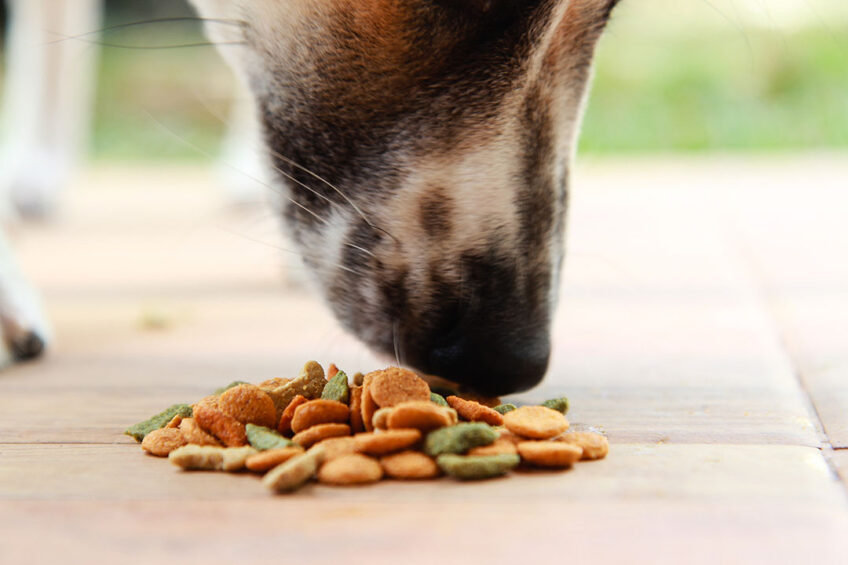Introduction to Lab-Grown Diamond Rings
lab grown diamond rings claws offer a moral and practical option in contrast to conventional mined diamonds, giving shoppers lovely, great jewels that are delivered in controlled conditions. With regards to planning lab-grown diamond rings, one of the key contemplations is the sort of setting utilized. Among the different choices, paw settings are a famous decision. Understanding the various kinds of paw settings and their advantages can assist you with picking the ideal plan for your lab-grown diamond ring.
The Importance of Setting in Lab-Grown Diamond Rings
The setting of a lab-grown diamond ring assumes a urgent part in the two its feel and usefulness. The setting not just gets the diamond set up yet additionally improves its brightness and by and large appearance. Various settings can supplement different styles and inclinations, from exemplary to contemporary. Hook settings are especially eminent for their capacity to grandstand the diamond’s radiance while giving a solid hold.
Hook Settings Made sense of
Hook settings, otherwise called prong settings, are one of the most famous decisions for lab-grown diamond rings. This setting includes metal prongs that “hook” or grasp the diamond, holding it safely while permitting greatest light openness. The plan normally includes four to six prongs that reach out from the band to support the diamond. Paw settings are favored for their capacity to feature the diamond’s brightness and make an immortal look.
Advantages of Paw Settings for Lab-Grown Diamonds
Paw settings offer a few benefits for lab-grown diamonds. They, first and foremost, permit more light to enter the diamond, improving its radiance and splendor. The raised plan of hook settings likewise causes the diamond to seem bigger and more conspicuous. Moreover, paw settings are flexible and can be adjusted to suit different styles, from basic solitaires to elaborate multi-stone plans. The solidness of paw settings guarantees that the diamond stays secure, even with standard wear.
Varieties of Paw Settings
There are a few varieties of paw settings that can be utilized in lab diamonds, each offering an extraordinary look and feel:
Exemplary Hook Setting
The exemplary hook setting highlights four or six prongs that hold the diamond safely. This conventional plan is great for exhibiting the diamond’s brightness and making an immortal look. It’s a well known decision for solitaire rings and engagement rings.
Twofold Paw Setting
The twofold paw setting includes two arrangements of prongs that give additional security to the diamond. This variety is often utilized for bigger diamonds or those with strange shapes. The twofold prongs improve the ring’s strength and add an unmistakable touch to the plan.
Crown Paw Setting
The crown paw setting is described by a plan that copies the presence of a crown. The prongs are organized in a manner that looks like the places of a crown, giving a magnificent and exquisite look. This setting is often utilized for elaborate rings and can be joined with other plan components for an interesting appearance.
Customizing Your Lab-Grown Diamond Ring
Customizing a lab-grown diamond ring permits you to make a piece that impeccably mirrors your style and inclinations. While picking a paw setting, think about factors like the diamond’s shape, size, and the general plan of the ring. Customization choices can incorporate choosing the metal sort, picking the quantity of prongs, and adding extra plan components like side stones or etchings.
Care and Support of Hook Settings
Legitimate care and upkeep are fundamental for keeping your lab-grown diamond ring in top condition. Paw settings require customary checks to guarantee that the prongs are secure and that the diamond remains solidly set up. Routine cleaning and professional assessments can assist with forestalling harm and keep up with the ring’s radiance. It’s likewise important to handle your ring with care to keep away from any effect or scraped spot that could influence the setting.
Choices to Hook Settings
While hook settings are a well known decision, there are a few elective settings that can be considered for lab-grown diamond rings. A portion of these choices incorporate bezel settings, which encompass the diamond with a metal band for a cutting edge and secure look, and channel settings, where the diamond is set between two metal strips for a smooth appearance. Each setting choice offers various advantages and can be picked in light of individual inclination and style.
The Eventual fate of Lab-Grown Diamond Rings
The fate of lab-grown diamond rings is promising, with continuous progressions in innovation and plan. As lab-grown diamonds keep on acquiring prevalence, new and creative setting choices are arising. The business’ attention on maintainability and moral practices is driving the advancement of more harmless to the ecosystem and socially capable gems plans. Hook settings and other setting choices will keep on developing, offering buyers more decisions and opportunities to make remarkable and significant pieces.
Conclusion: Picking the Right Hook Setting for Your Lab-Grown Diamond Ring
In conclusion, paw settings are a famous and flexible decision for lab-grown diamond rings, giving a solid hold while exhibiting the diamond’s splendor. Understanding the various kinds of paw settings and their advantages can assist you with pursuing an informed choice while planning your ring. Whether you decide on an exemplary hook setting or a customized plan, the right setting can improve the excellence of your lab-grown diamond and make an immortal piece that mirrors your own style. As you explore your choices, consider the care and support necessities to guarantee that your ring stays an esteemed and enduring image of your responsibility.









